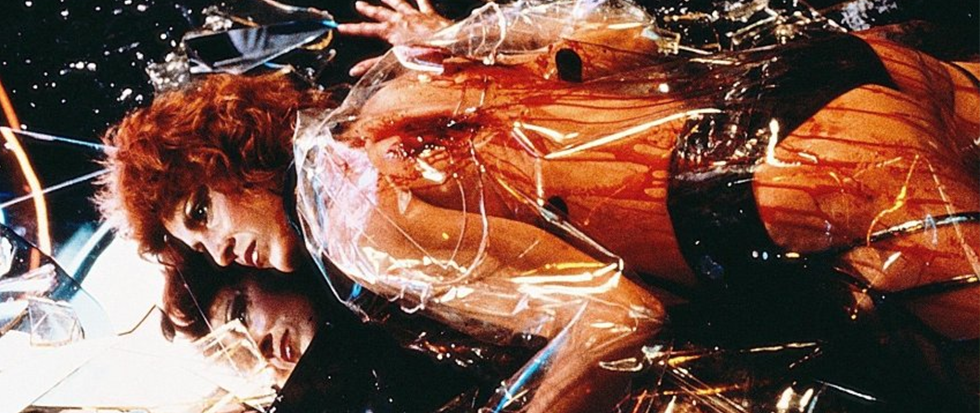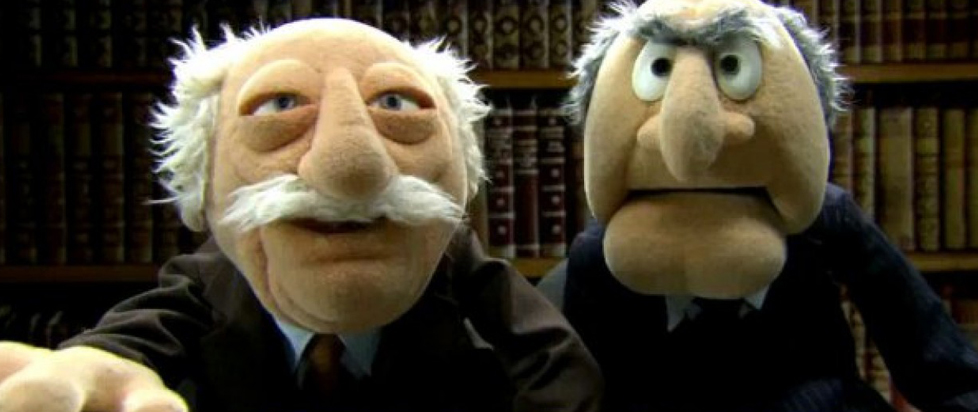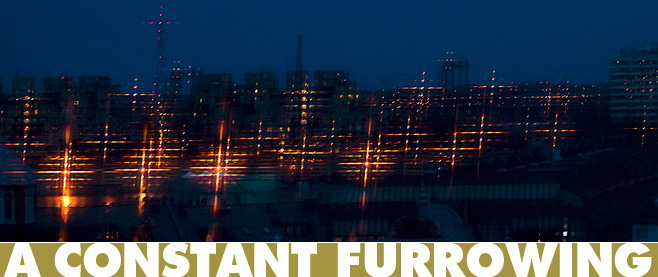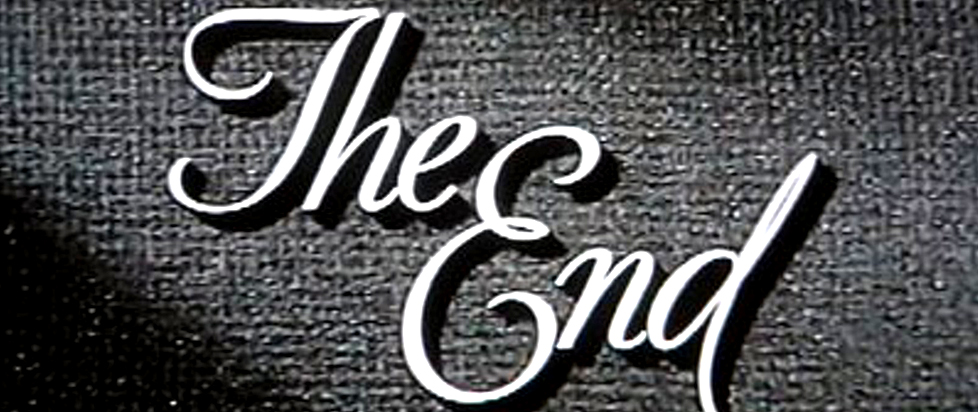
Blade Runner and the Violence of Humanity
We’re about thirty minutes into Blade Runner when the replicants Leon and Roy confront the scientist — and replicant eye constructor — Chew in his freezing laboratory. The walls are covered with ice, and Chew’s buried in a parka twice his size. While Roy monologues, Leon explores, and comes across a frosted beaker filled with liquid. He doesn’t hear Chew’s warning — with a child’s curiosity, he sticks his whole hand in the thing. Chew and the audience wince in sympathy. But there’s nothing to wince at, of course — Leon looks up, guileless and unperturbed, and Roy laughs. We, as well-bred, empathetic humans, find ourselves unsettled.
Fast forward an hour or so. In the heady throes of decay, Roy twists his neck jerkily, bites and then scratches himself, and catches sight of a nail in the floor. He does a very convincing approximation of panic — he certainly doesn’t share Leon’s numbness as he pushes the jagged tip through his palm. In a nearby room, Deckard mirrors him and groans as he binds his snapped fingers back into place. Adrenaline and electricity fuel them: they both scramble upward.
Hand-broiling aside, Blade Runner retains its punch by refusing to adhere to the most dull of sci-fi cliches: that of the unfeeling robot. This is in the emotional sense, of course, but also in the physical. Replicants bleed, stumble, hyperventilate, and wince. Pris and Roy kiss like grade-schoolers even as they mourn their friends and worry about the future. The child-like quality to it can’t be overstated: they are young, and unused to the hurt of being human. There’s no robotic separation from the concept of pain. They’re frightened, and they don’t want to die.

We are introduced to the gang when Leon shoots Holden, who takes the bullet with such force that he slams through a wall and against a table behind him. When Zhora is killed — the first replicant death we see onscreen — she crashes through glass panes with the elegance of a bull, hauling herself back to her feet with brute willpower after the first gunshot, running not through the pain but despite it. Even Pris’ death, one of the most distressing images of the film, twists its eerie shrieks out of the very real death of a woman succumbing to the breaking machine within her. She glitches and howls her way to a more familiar end. They’re not elegant about it.
There are elements of the experimental to the replicant’s violence. Roy spends a not-insignificant portion of the movie pleasantly surprised at the effectiveness of his own machinations, and he shows a calculated nature we more readily associate with sociopaths. Instead of a human losing empathy, though, we’re presented with a machine gaining it — testing the elasticity of sympathy and fear, wondering how to balance the cocktail of urges that humans juggle on a daily basis. When faced with the corpse of someone he loves, he gives back in equal measure, the frank breaking of Deckard’s fingers accompanied by the names of the dead. It’s grief, of course — his face soon twists into an expression we understand. He doesn’t comprehend how to express his emotions, but they fuel him just the same. (The sequel stumbles on this front: though its evolved replicants dole out violence with abandon, they receive it with a placidity unbefitting of something that’s fighting for its life. The hurt they cause is more efficient; they wince less.)
As the movie approaches its climax, Roy approaches Tyrell. He defends his humanity down to the molecular level and Tyrell denies it. Roy indulges Tyrell’s mockery of a paternal tendency and cries, like anyone would upon being told their condition is terminal. Then he kills Tyrell with such somatic force that I still bite my tongue, blood and sweat shining in the candlelight as his eyes burst and his skull cracks. This should be the villain moment. Indeed, it is the tangible point where Roy passes the noble goal of “more life” and begins to stalk, with purpose, towards Deckard. But where we would normally associate violent murder with a lack of humanity, this is the opposite: a bubbling abundance of it, overflowing with anger and hurt and fear and loneliness and expressing it in the only way its weapon of a body knows how. We can understand that: we, too, don’t want to die.

One of the earliest concepts any middle school student in a biology class will learn is fight or flight: it belongs to the littlest of mice and the mightiest of lions, an instinct for self-preservation that overrides all other learned behaviors of the animal kingdom. We, as the evolved cousins of the family tree, can suppress but not quite overcome this urge. When it comes down to it, the most moderated and educated of folk will fight not to die. Roy is a Nexus-6 level replicant, genius IQ, fantastically strong. More human than human. Perhaps that’s why he clings to life with such violence.





